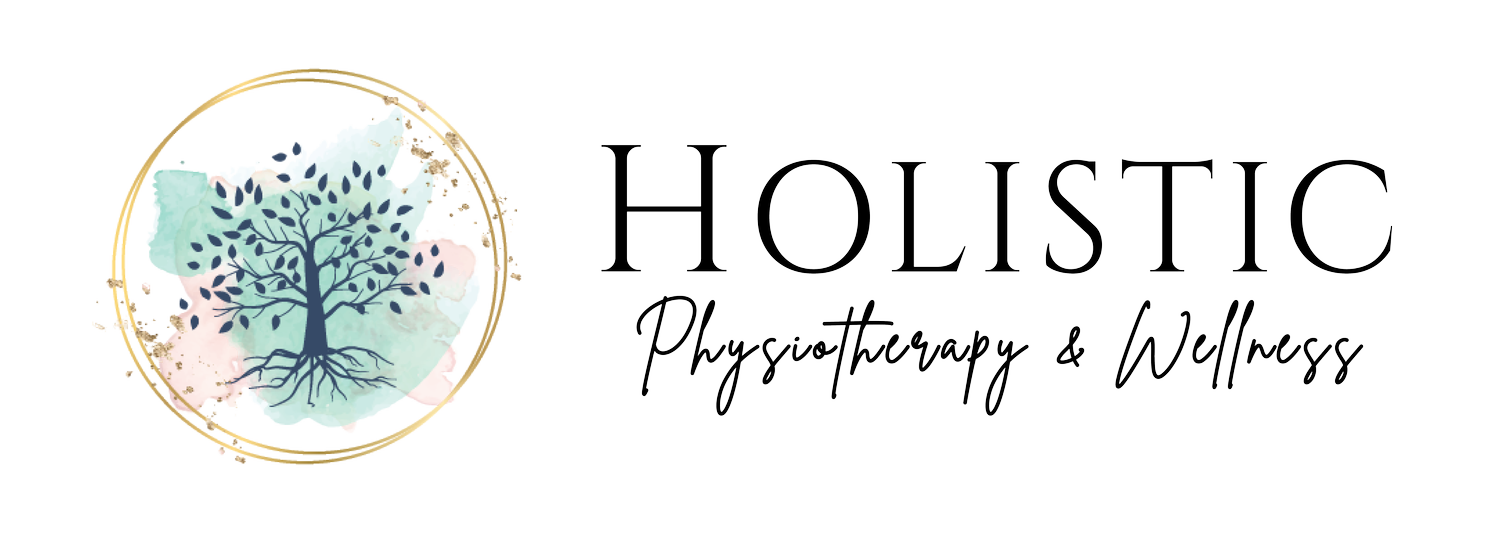New Year, New you?!
Written by Lindsey Tasker Cole | January 19, 2021
With 2020 behind us (Feeeewwwff!) we are stepping into 2021 with hope and a refreshed sense of energy to start this year off right. For some people that is all the inspiration they need to pick up those health and wellness goals. And for others it can be an overwhelming sense of pressure to start something new or get back into an old/new exercise routine. Getting started is sometimes the challenge but sticking with a new routine can also be difficult. Let’s looks closer at what exercise, fitness, and physical activity really mean, as there is subtle difference between all three.
“Physical activity is the broadest of the three concepts and is defined as ‘any bodily movement produced by skeletal muscles that results in energy expenditure.’ Physical activity can occur in any setting and is often categorized by type and purpose (eg. Occupational, household, sports, conditioning).
Exercise is a type of physical activity that is ‘planned, structures and repetitive and is done to improve or maintain one or more of the components of physical fitness.’
Fitness is a ‘set of attributes that people have or achieve that are either health related (cardiorespiratory endurance, muscular endurance, muscular strength, body compositions, and flexibility) or are skill related (agility, balance, coordination speed, power and reaction time). Not all types of physical activity are exercise, but both physical activity and exercise can contribute to fitness.”
Are you still with me?! It’s interesting to see the difference between all three, but also how they are intertwined with either other. Focus on one area can really influence the others.
“Changing from a very inactive lifestyle to exercising vigorously several times a week is not only difficult but may actually have a negative consequence such as sore muscles, and fatigue that make it less likely to continue with that exercise. It has been shown that people who begin with low intensity activity are more likely to continue being active and more likely to adopt moderate or vigorous activity in the future.” So, taking on big lifestyle changes isn’t the best way to see sustainable lifestyle changes. Makes sense.
Now let’s talk about how challenging this can be for new moms, stay at home moms and every other type of mom! Structured exercise is not always (mostly not!) an option all the time. There is good days and bad days, and everything in between. Naps might not always go as planned, where you were hoping to sneak in a workout, and some days your baby or toddler may need to be held all day! Now if that isn’t muscular endurance training, I don’t know what is! Ha!
Turning a functional task into your exercise counts. And I think we forget about all those little things we do every day for our families. It’s about small sustainable changes you can work into your daily life that can make the biggest and most lasting impact. Whether its squats while holding your baby, running up and down the stairs, pulling your toddler in a sled, etc. It all counts toward the bigger picture. So, try making these tasks fun, or finding ways to make them more challenging if getting to an exercise class is out of the picture. Let’s get this new year started in a way we can feel good about, by not adding more restrictions than we already have to our daily lives. A little can go a long way.
Belza, Basia & Warms, Catherine. (2004). Physical activity and exercise in women's health. The Nursing clinics of North America. 39. 181-93, viii. 10.1016/j.cnur.2003.11.011.
Casperson, C.J., Powell, K.E and Christenson, G.M. Physical fitness: Definitions and distinctions for health-related Research. Public Health Reports 1985; 100: 126-31
Lindsey Tasker Cole
Physiotherapist
Pelvic Health Therapist
Vestibular Physiotherapist



